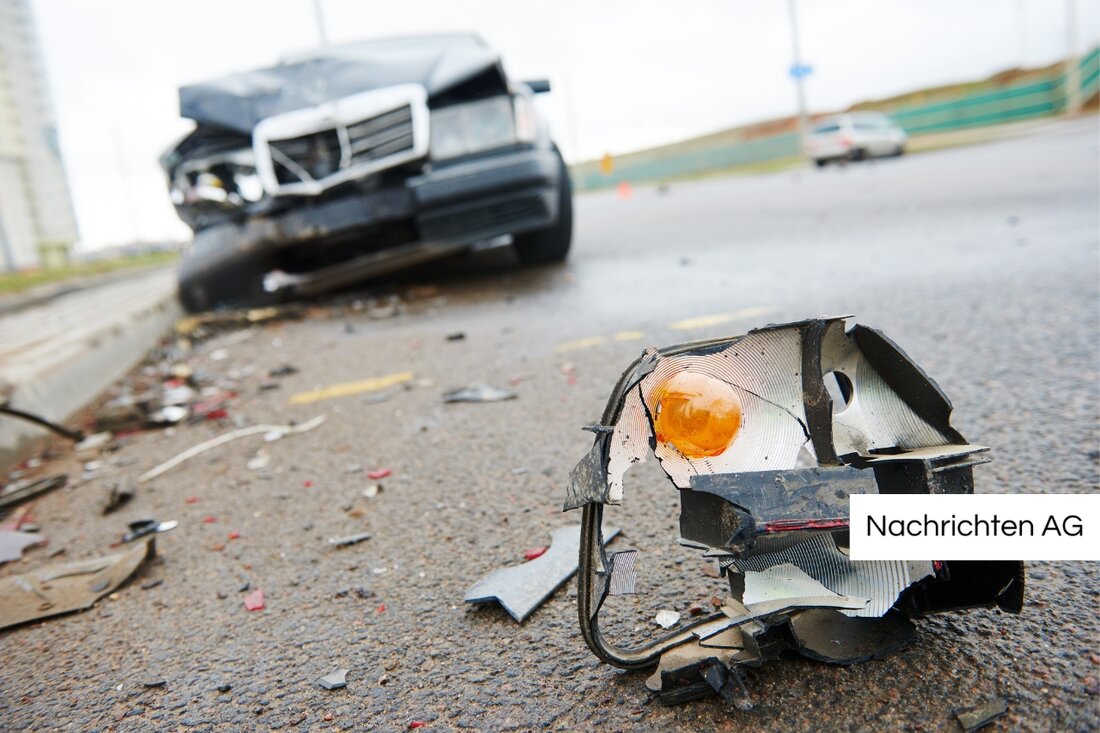Traffic rules in Sillian: Dosier system ensures relaxed summer months!
The dosing system in Sillian starts on June 16 to relieve the traffic in the town center until September.

Traffic rules in Sillian: Dosier system ensures relaxed summer months!
In Sillian, the dosing system on the B 100 Drautalstraße remains in operation this year until mid -September. The system, which was first introduced in mid -August 2022, is intended to improve traffic safety in the town center. Mayor Franz Schneider emphasizes that the traffic lights regulate through and thus create a relief for the town center. The system's summer operation, which is active every day from 8 a.m. to 6 p.m., has been active since June 16. This concept will continue until September 14th to effectively control the traffic flows and to create regular breaks in through traffic.
The relief for residents and pedestrians is a central goal of this system. Mayor Schneider makes it clear that one of the three traffic lights will be postponed to the east by about 400 meters in order to further forward the traffic from the inhabited areas. Despite the positive developments, the dosing system is not to be regarded as a permanent solution, but is intended as a temporary measure to reduce through traffic. A decision on the transition to continuous operation is to be made in autumn 2023.
long -term relief and traffic safety
The state of Tyrol has clearly known to be relieved of the passage, whereby a bypass in the south of the town is in the long term. Mayor Schneider emphasizes that the dosing system is an improvement, but cannot replace the construction of a bypass. The challenge remains to find a balance between the flow of traffic and the quality of life of the residents.
Modern traffic management systems, as implemented in Sillian, play a crucial role in real-time networking and monitoring traffic. They not only enable the minimization of traffic jams, but also significantly improve traffic safety. For example, they are able to identify potentially dangerous situations at an early stage and to reduce the risk of accidents. This results in more efficient use of the existing street infrastructure, which in turn contributes to a reduction in CO₂ emissions.

 Suche
Suche
